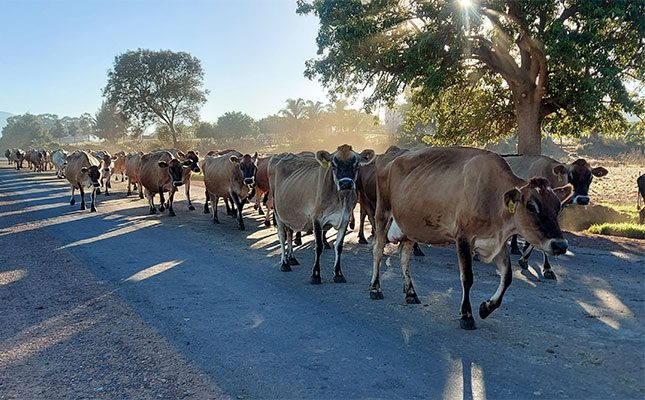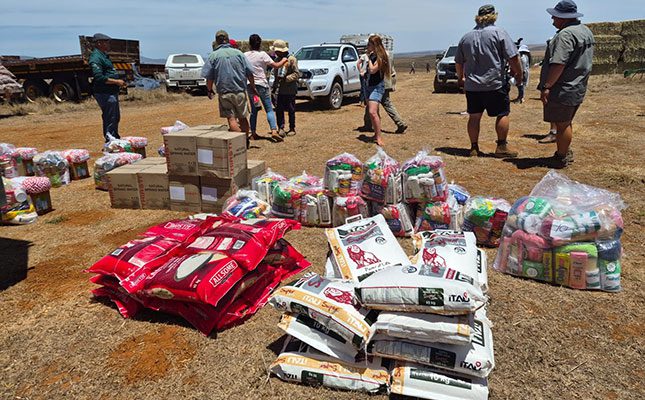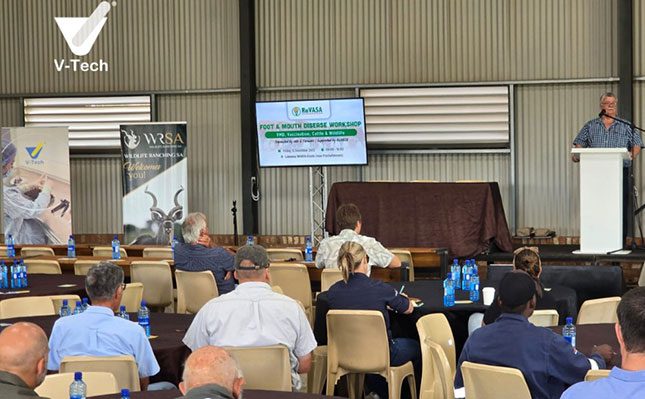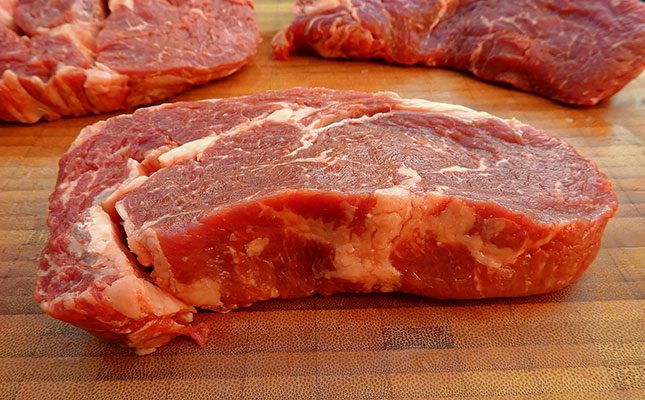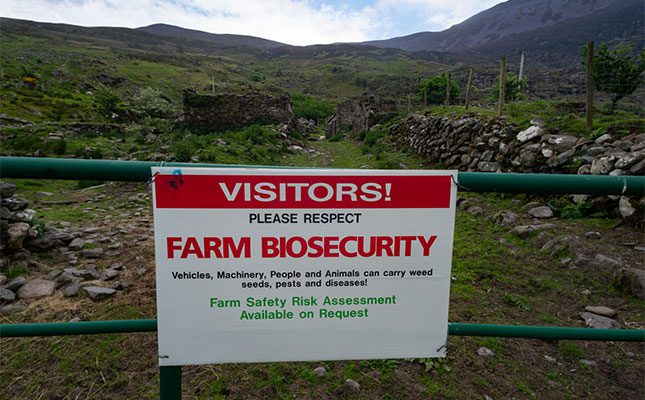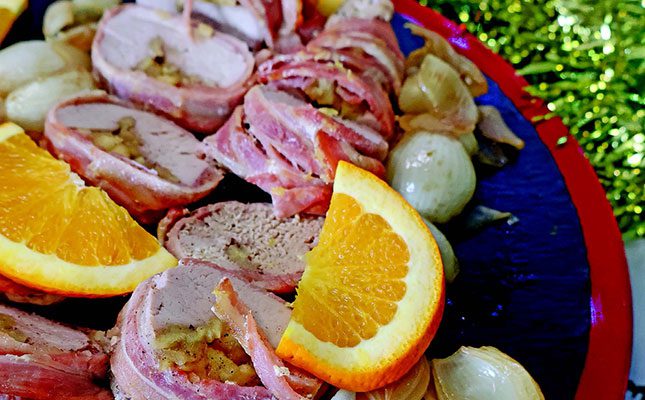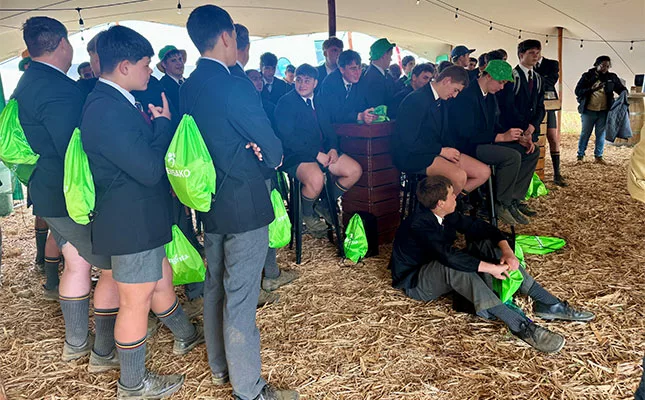
It is a testament to the excellent relationships South African exporters, particularly in the Western Cape, have built up over the years that some American importers are looking for ways to share the burden of the 30% import tariff “hiding” that the Trump administration inflicted on South Africa.
This is according to Agri SA CEO Johann Kotzé, one of four speakers at a Nedbank-sponsored discussion on tariffs and exports held at Nampo Cape 2025 in Bredasdorp on Thursday, 11 September.
“One thing in the Western Cape that we don’t give it credit for is the IP [intellectual property] that we have to export, the relationships we have. So what we need to do in the Western Cape [to overcome the tariffs introduced by US President Donald Trump] is to go back to those relationships and continue with that. If you have fear of the 30%, you become mesmerised with fear, then you stop doing what you do well.”
He said the value of the US market to South Africa was that Americans eat what South Africans eat and speak the same language (English), and the two countries are counter-seasonal, which makes the US a natural destination for South African produce.
“It’s such a good market, we cannot drop it. It’s a lucrative market, we need to penetrate into it, and we’ll succeed. Even at 30%, we are going to find a way through this. So we’re worried that some people are just writing it off.”
Rico Basson, CEO of South Africa Wines, said a number of US wine importers were standing their ground and looking for ways to share the margin of the tariff, which speaks to the strength of the relationship South Africans have forged in that market, as well as the strength of the South African brand.
“For packaged wine, the US is a very important market. It is the biggest consumer market in world, and even now with what is happening, the US will stay on our radar as a growth market.”
Kotzé said it was not a simple matter of shifting volumes out of one market onto another, as that disrupted trade flows by causing oversupply.
In the EU, for example, the South African citrus industry is competing directly with the Spanish citrus industry, causing South Africa to “make enemies to get rid of produce”.
Basson said the crisis was urging the local export sector to focus with more urgency at tariff and non-tariff issues in other export markets that need to be resolved.
One is an attempt to reduce a 15% import tariff in Japan, which will increase South African exports there.
“In Africa, there are a lot of non-tariff aspects, [but] there is a lot of red tape to resolve,” he said, adding that there is daily communication and collaboration between government negotiating teams and industry in order to get the most out of trade.
Kotzé, Basson and Louw Pienaar, senior analyst at the Bureau for Food and Agriculture Policy (BFAP), all pointed out that not enough attention is given to tariffs levied by other export markets.
For instance, the US 30% tariff is lower than what India, one of South Africa’s BRICS partners, levies on South African apples.
Pienaar said inflation in the US could well rise as Americans start paying more for produce imported from countries affected by high tariffs. Given the high elasticity of demand, “if they want it, they will pay for it, and inflation could go up”, which could coincide with the midterm elections in the US.


